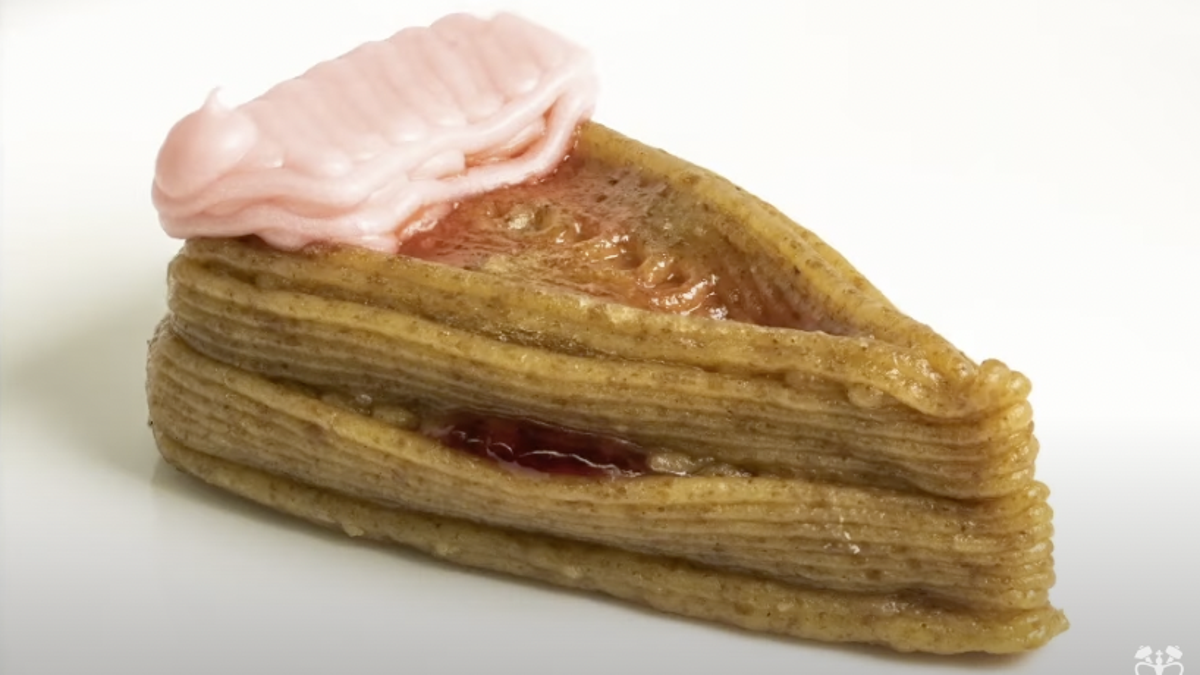
Scientists are taking 3D printing to a new level, this time with food. Engineers at Columbia University announced in a newly released study that they have successfully created an edible and possibly delicious cheesecake by using cartridges of food paste and powder in the printer.
- Off
- English
The experiments did not stop at cheesecake but instead extended to other desserts and meats. According to a study published in the NPJ Science of Food, cooking food through a medium such as a 3D printer allows for better control over the nutritional content, leading to healthier food consumption. Printing food has additional benefits and “with more emphasis on food safety following COVID-19, food prepared with less human handling may lower the risk of foodborne illness and disease transmission,” the study says.
3D printers first emerged in the 1980s as a means to create much-needed materials like plastic, rubber, metal, and concrete. But over time uses have grown as engineers and scientists explore using 3D printers to create medicine and even human organs. Engineers began experimenting with food in 2007 and the first commercially available chocolate 3D printer was launched in 2012.
Advertisement
As the possibilities for food printing become endless, the study says it has other potential benefits such as “creating alternatives to bland, unattractive pureed foods for those with swallowing and other digestive disorders.” It could also provide an environmentally friendly alternative to highly-priced processed foods by producing “plant-based meats, algae, and lower-cost unconventional proteins to consumers.”
Food created by 3D printers could also have an extended shelf life, the report states, and could reduce food waste since consumers would have the option to print only the amount of food they need. “The cheesecake is the best thing we can showcase right now, but the printer can do a whole lot more,” Jonathan Blutinger, an engineer at Columbia’s Creative Machines Lab in New York, told The Guardian. “We can print chicken, beef, vegetables, and cheese. Anything that can be turned into a paste, liquid, or powder.”
G/O Media may get a commission
Advertisement
The future is wide open for 3D food and is gaining the forward momentum that will bring the quality and extent of its availability to the next level. “I think it’s an inevitability. Once software touches an industry, we don’t look back,” Blutinger told the outlet.
“It propels it forward in ways we never thought possible. That hasn’t really happened for food yet. The vision is to have a food printer mixed with a laser cooker that can be a one-stop-shop sort of kitchen appliance. It’s your own personal digital chef.”
Services Marketplace – Listings, Bookings & Reviews